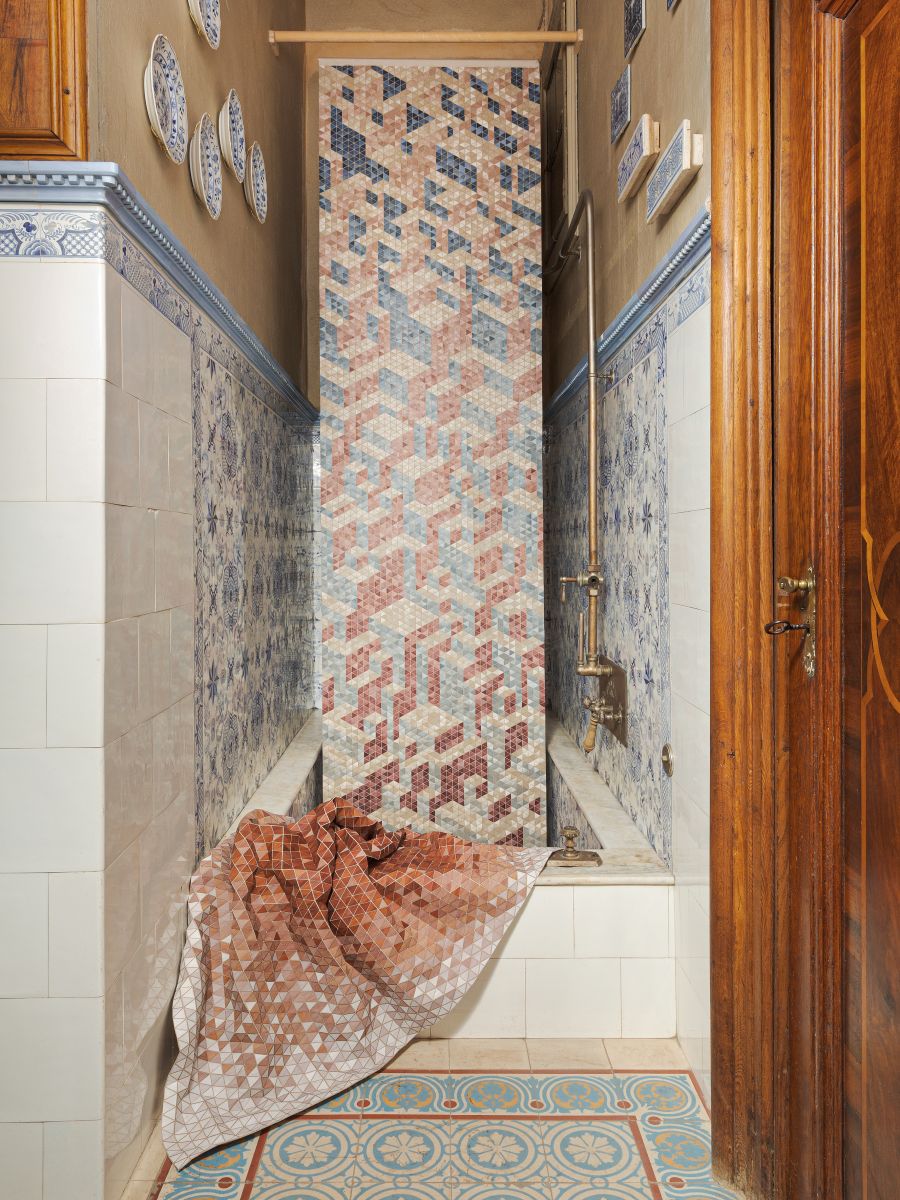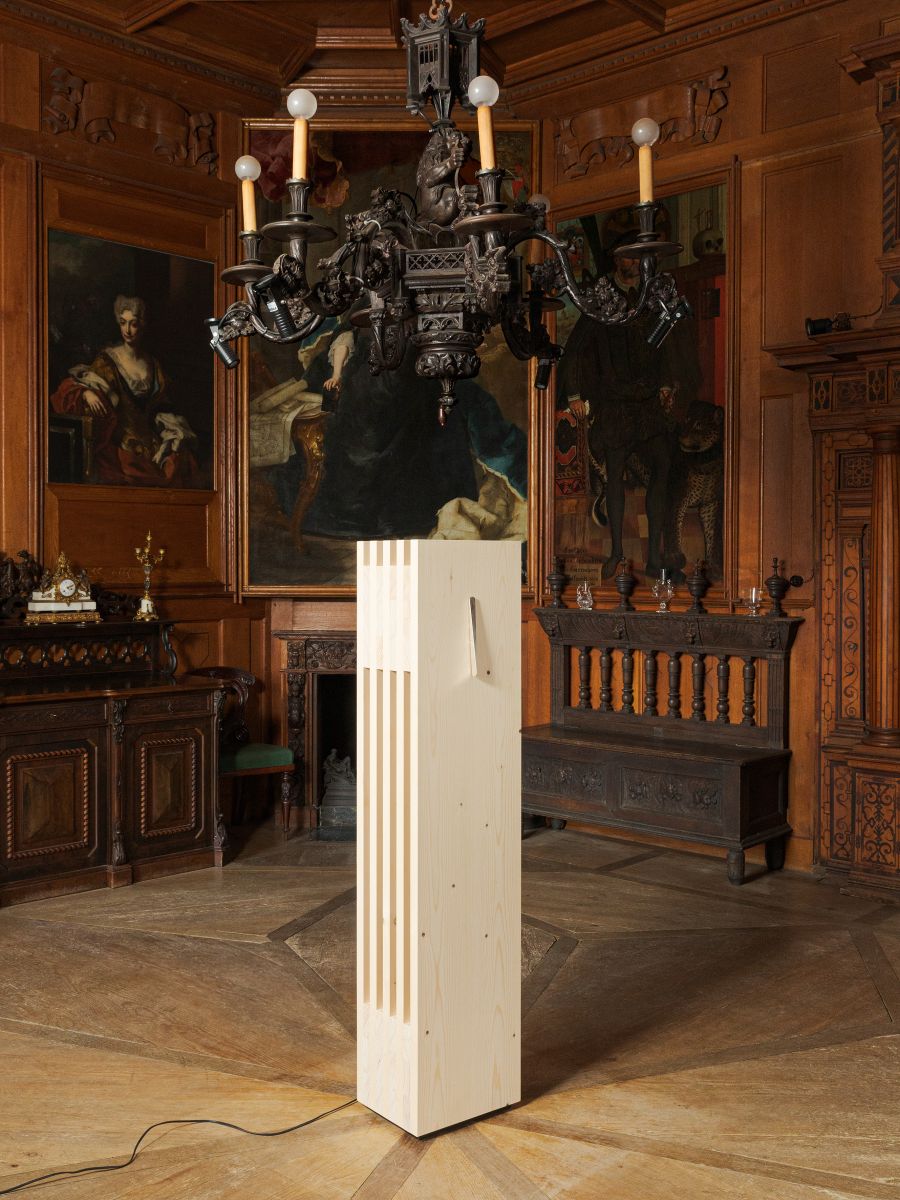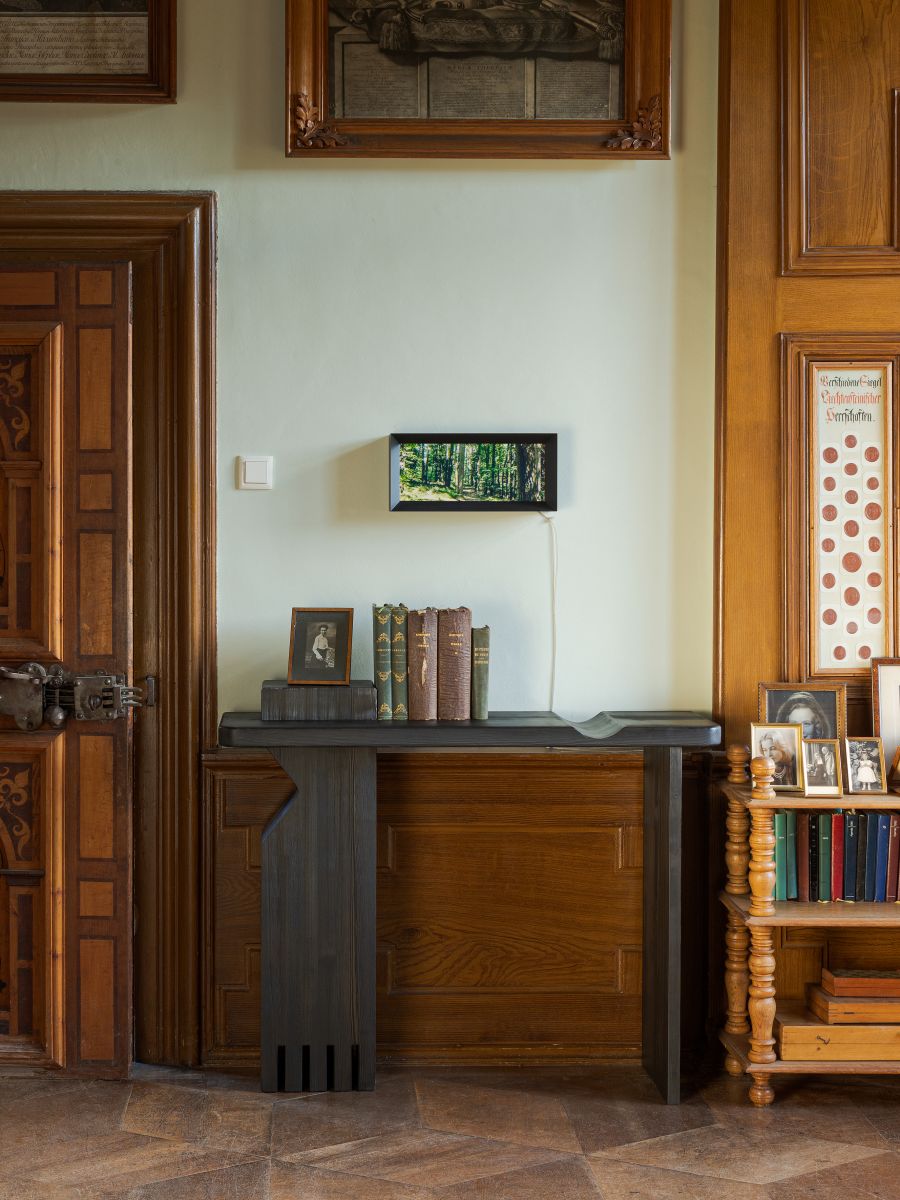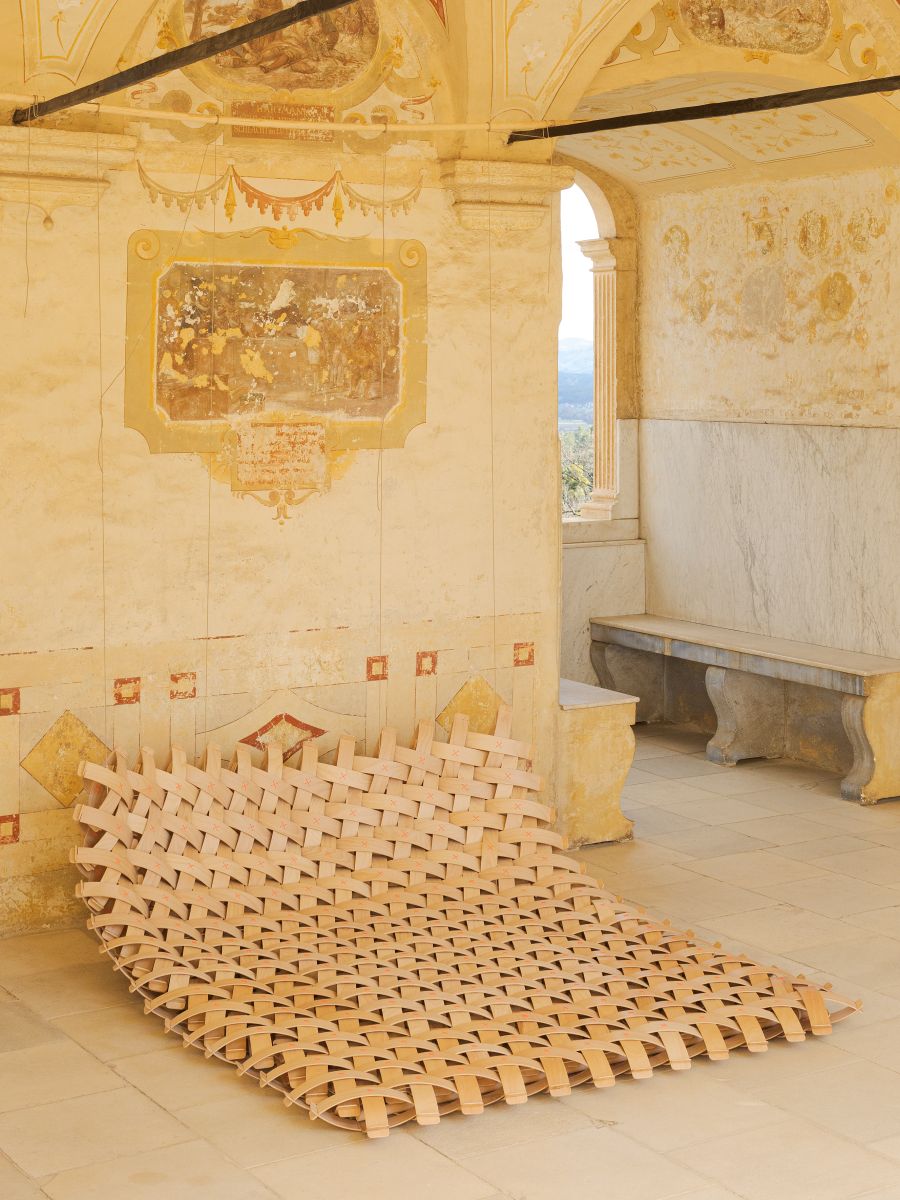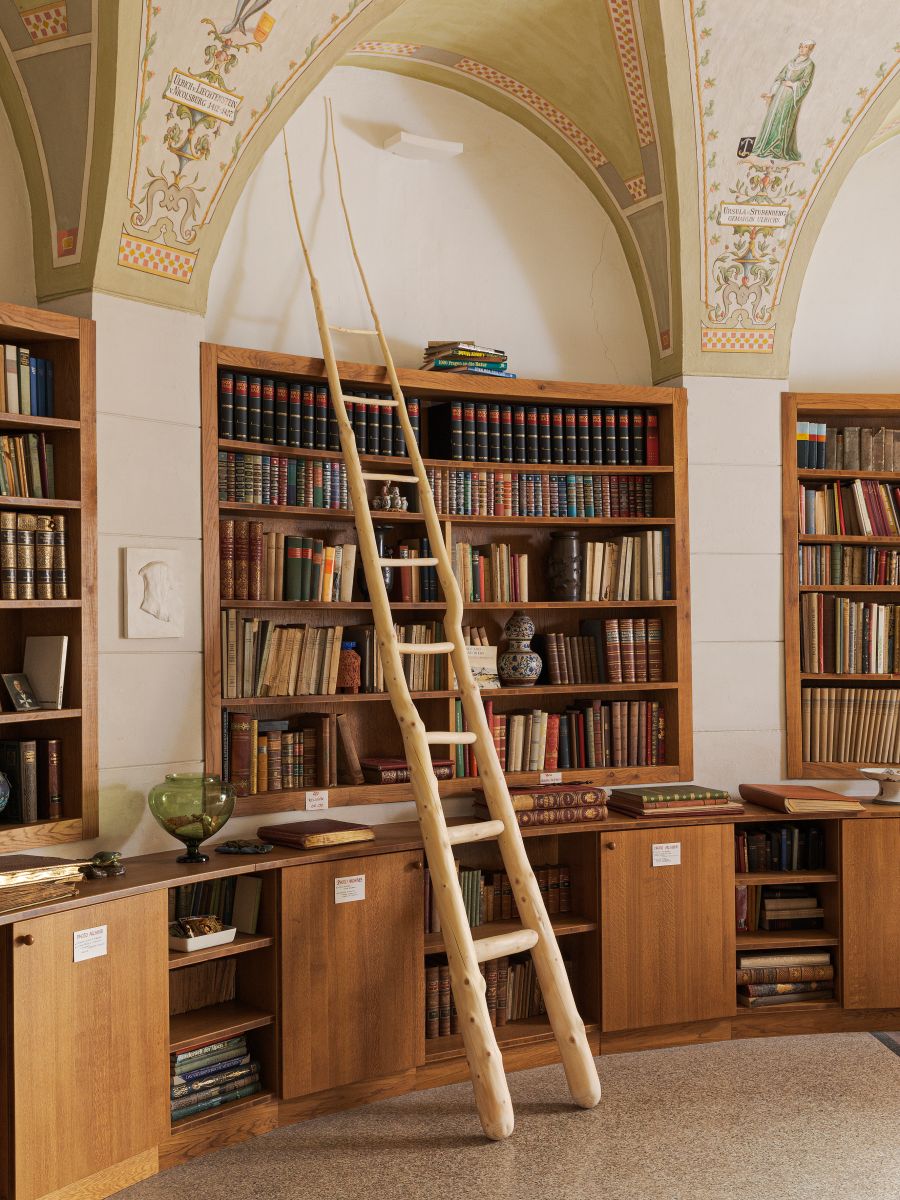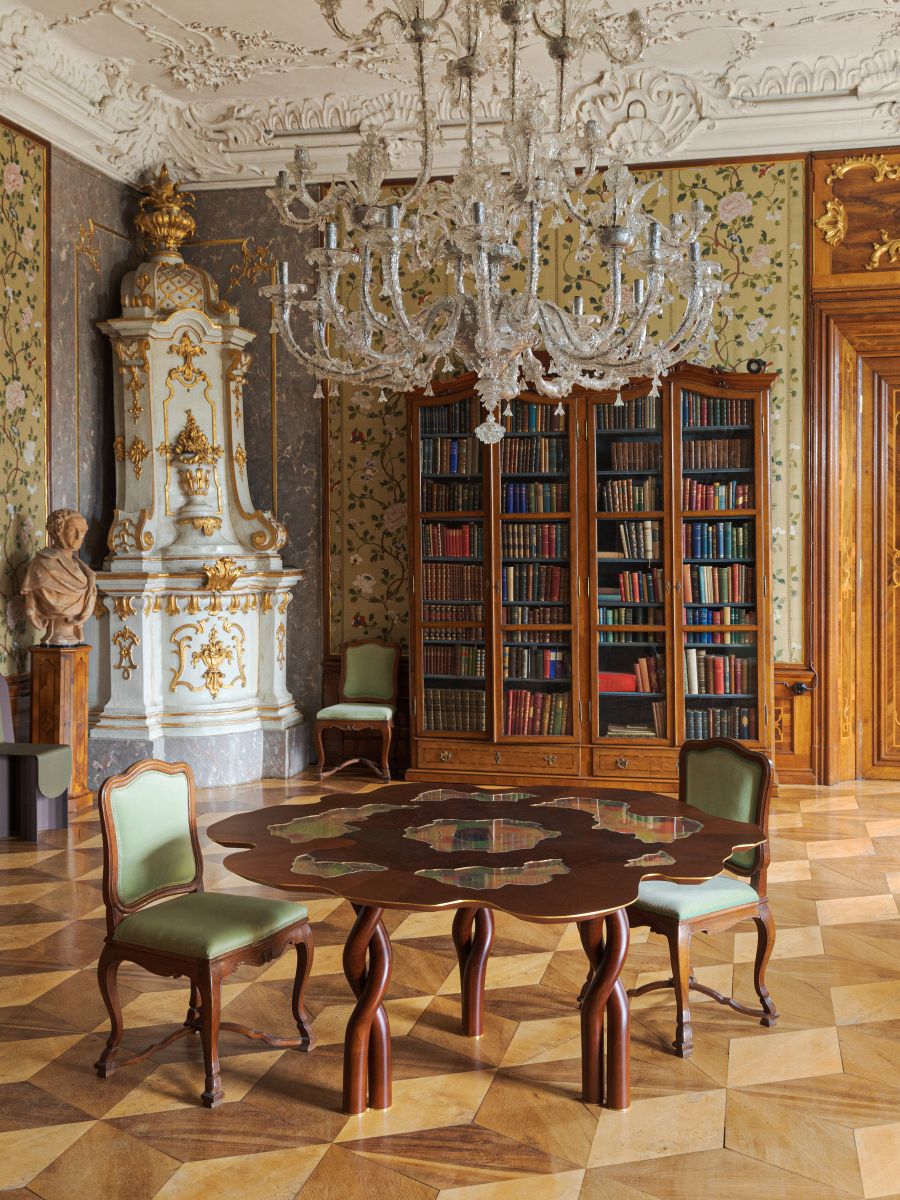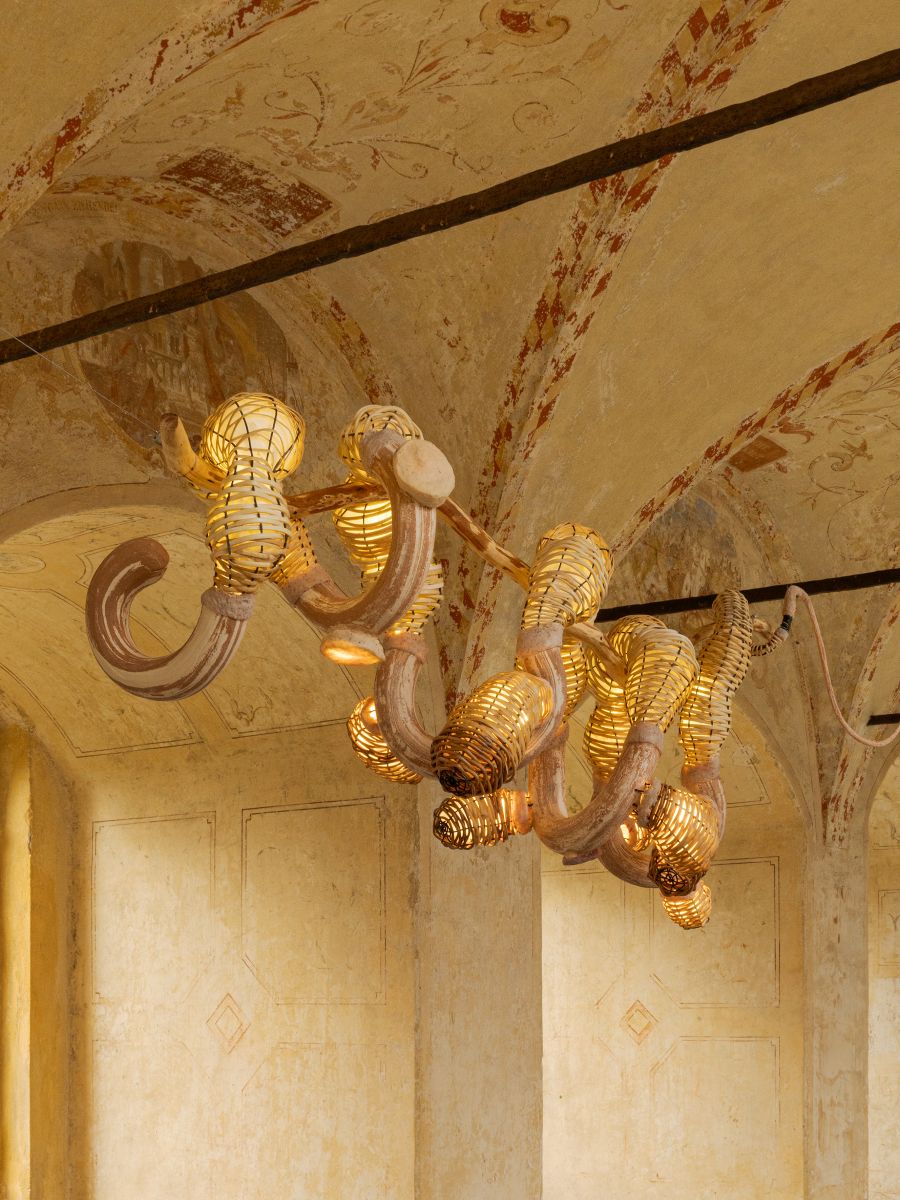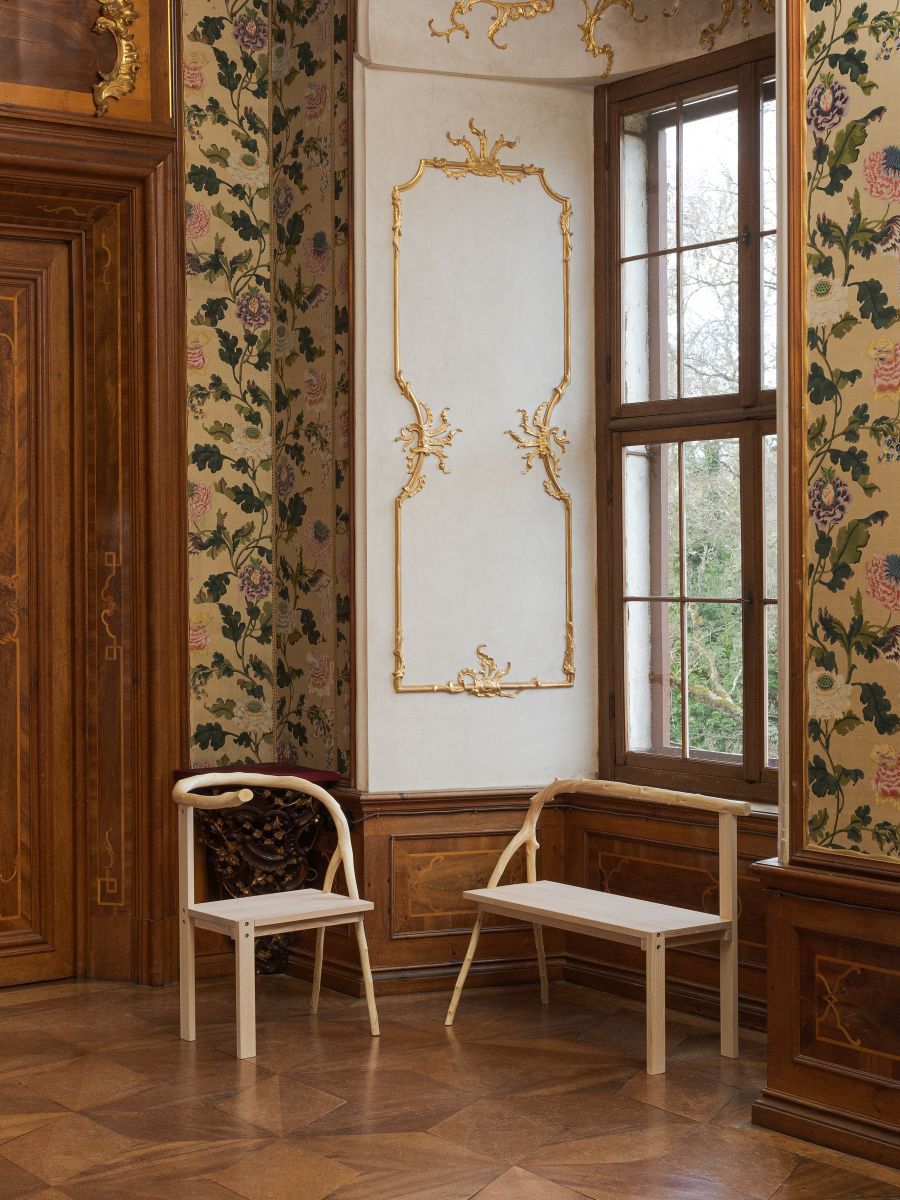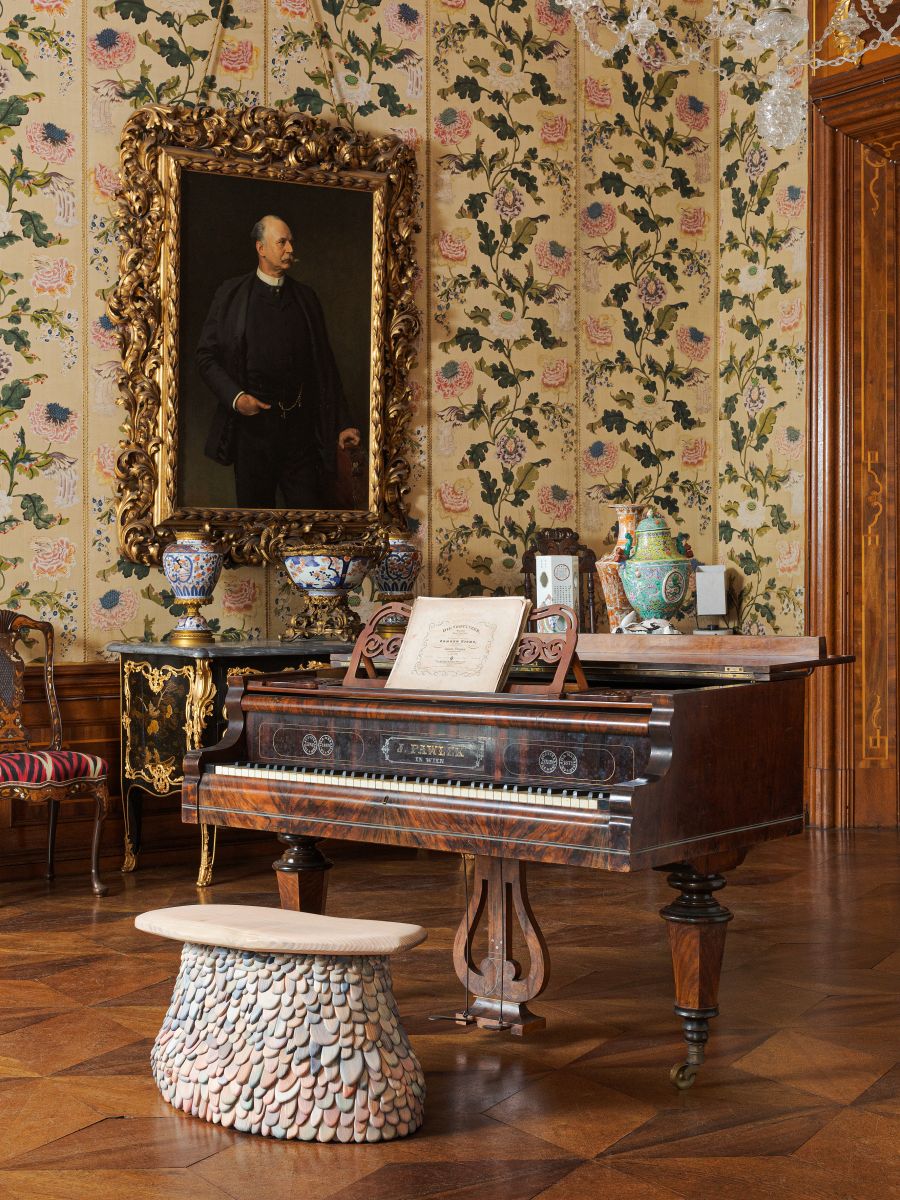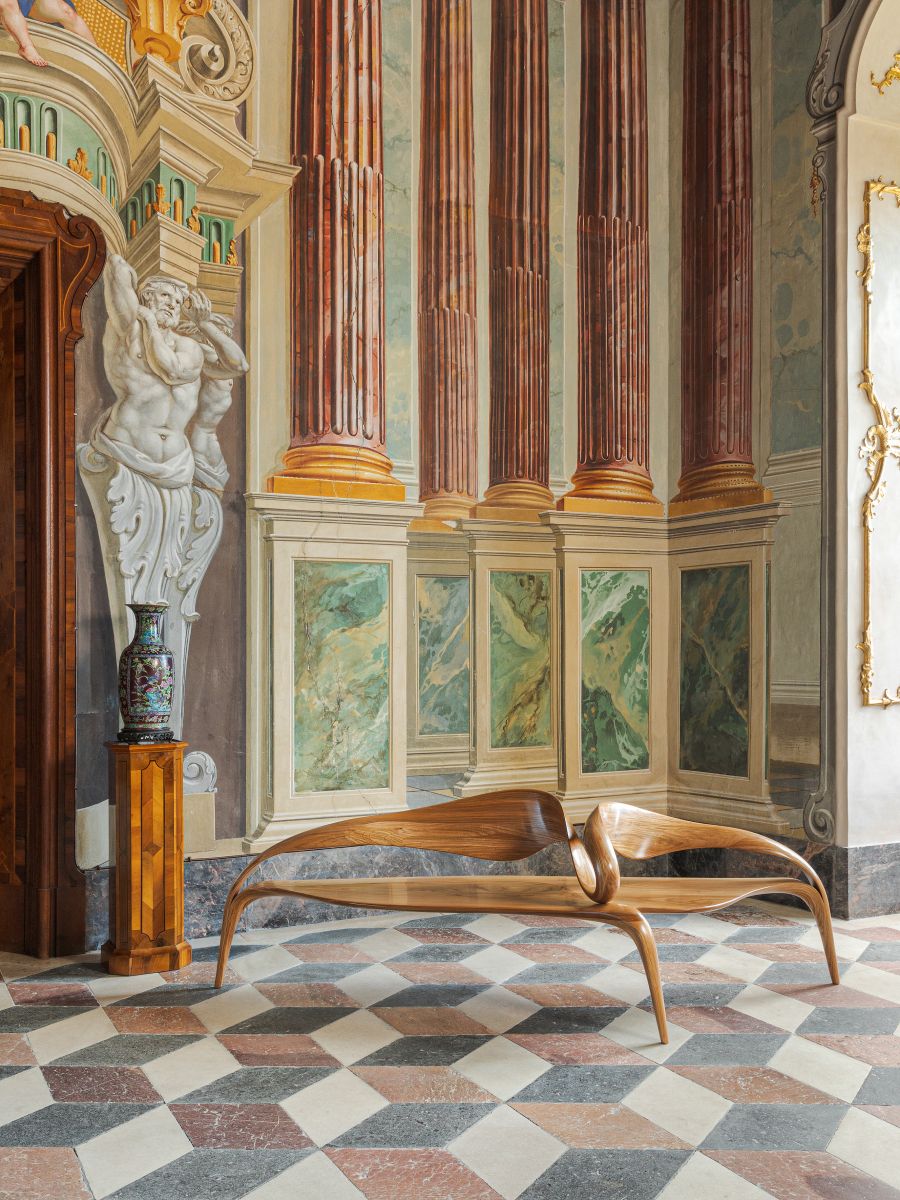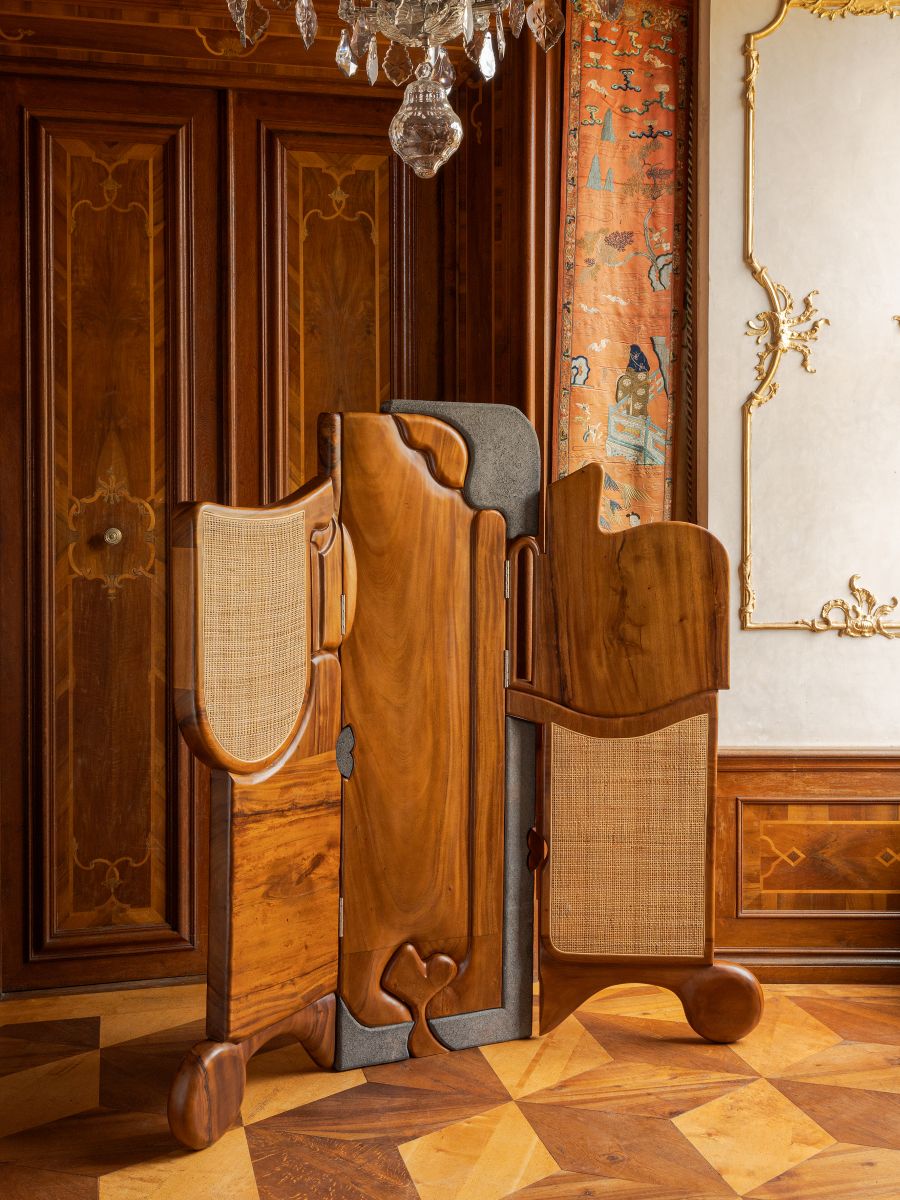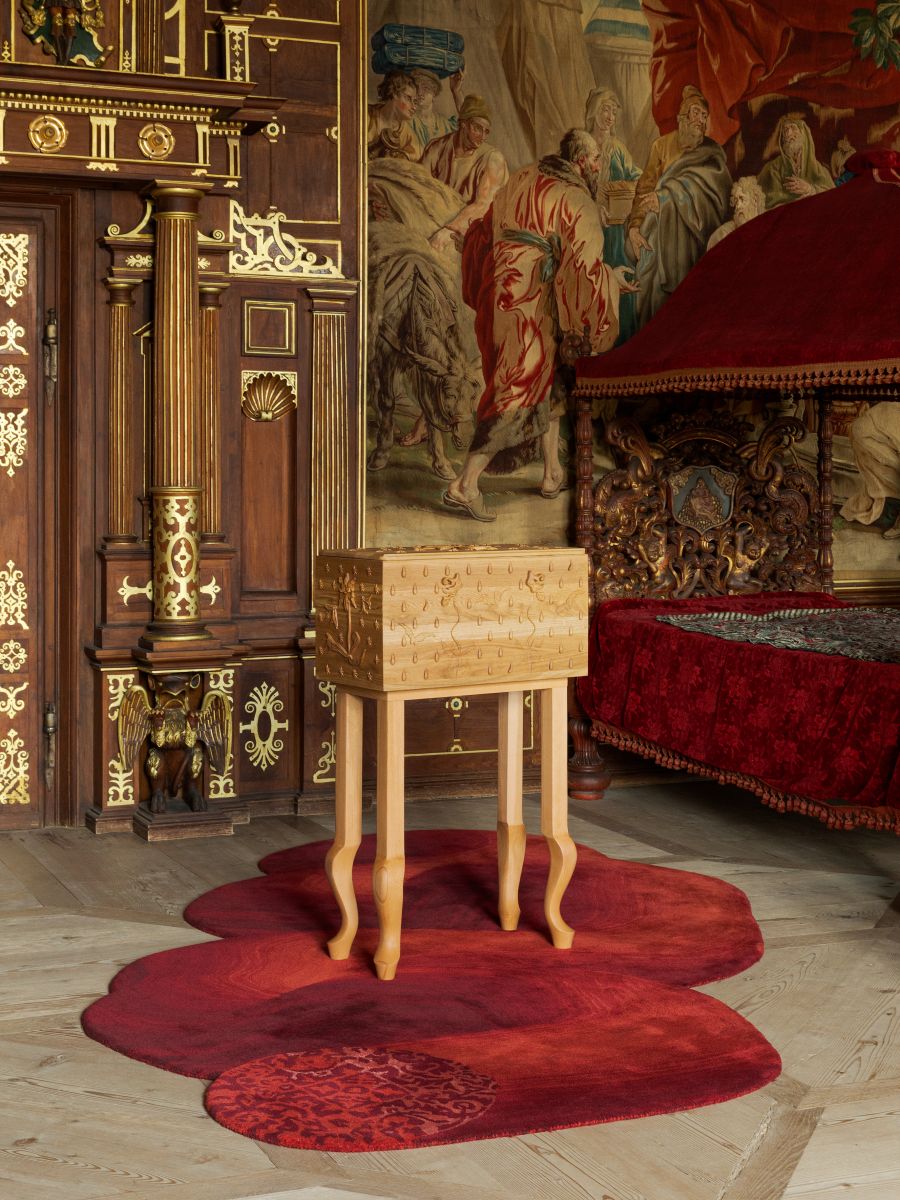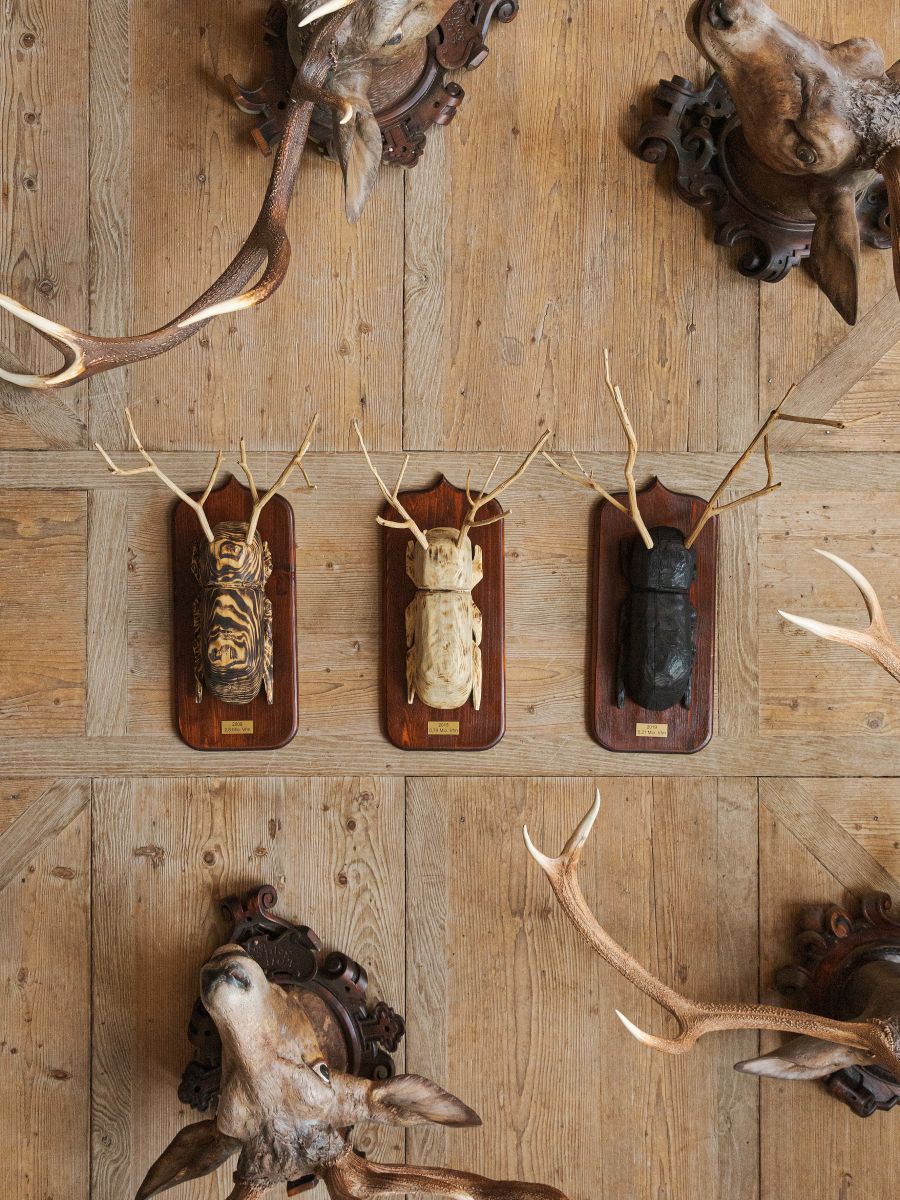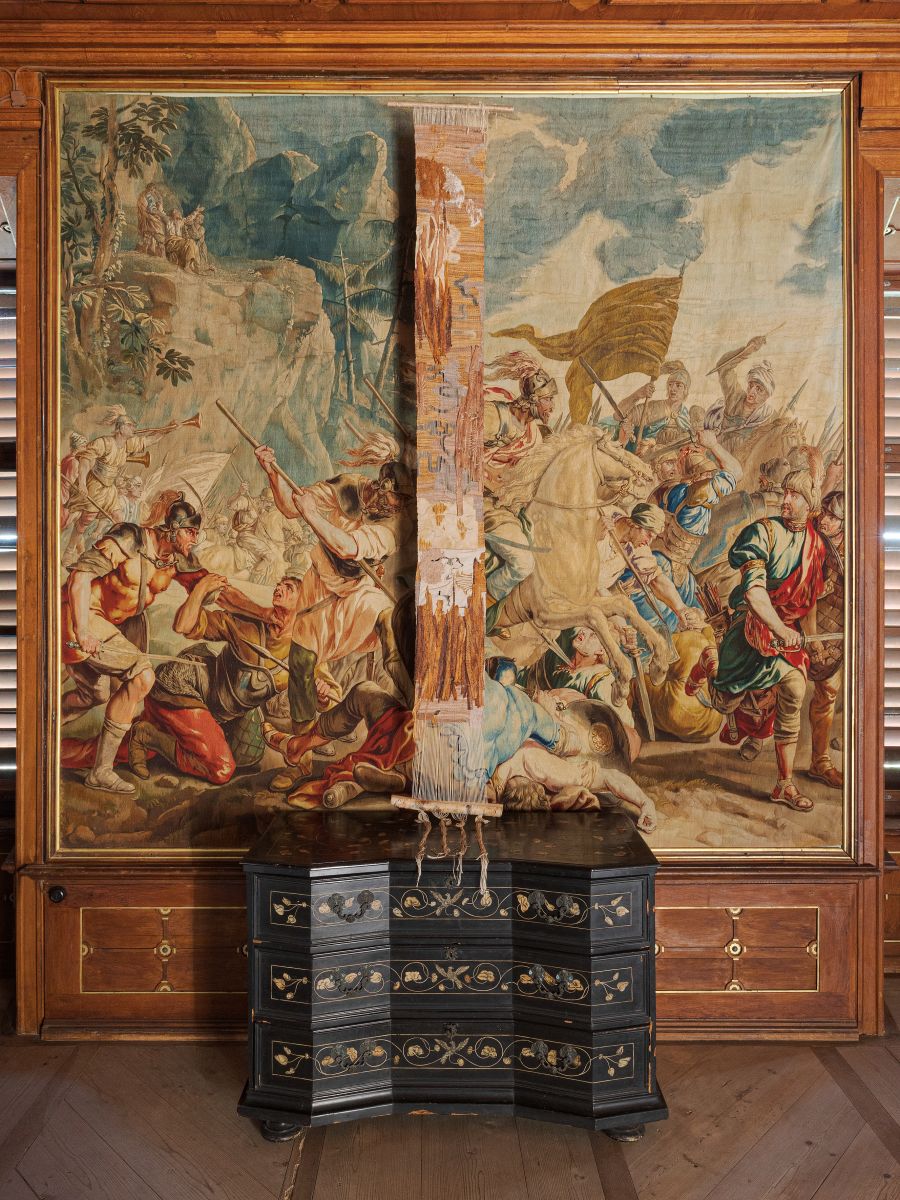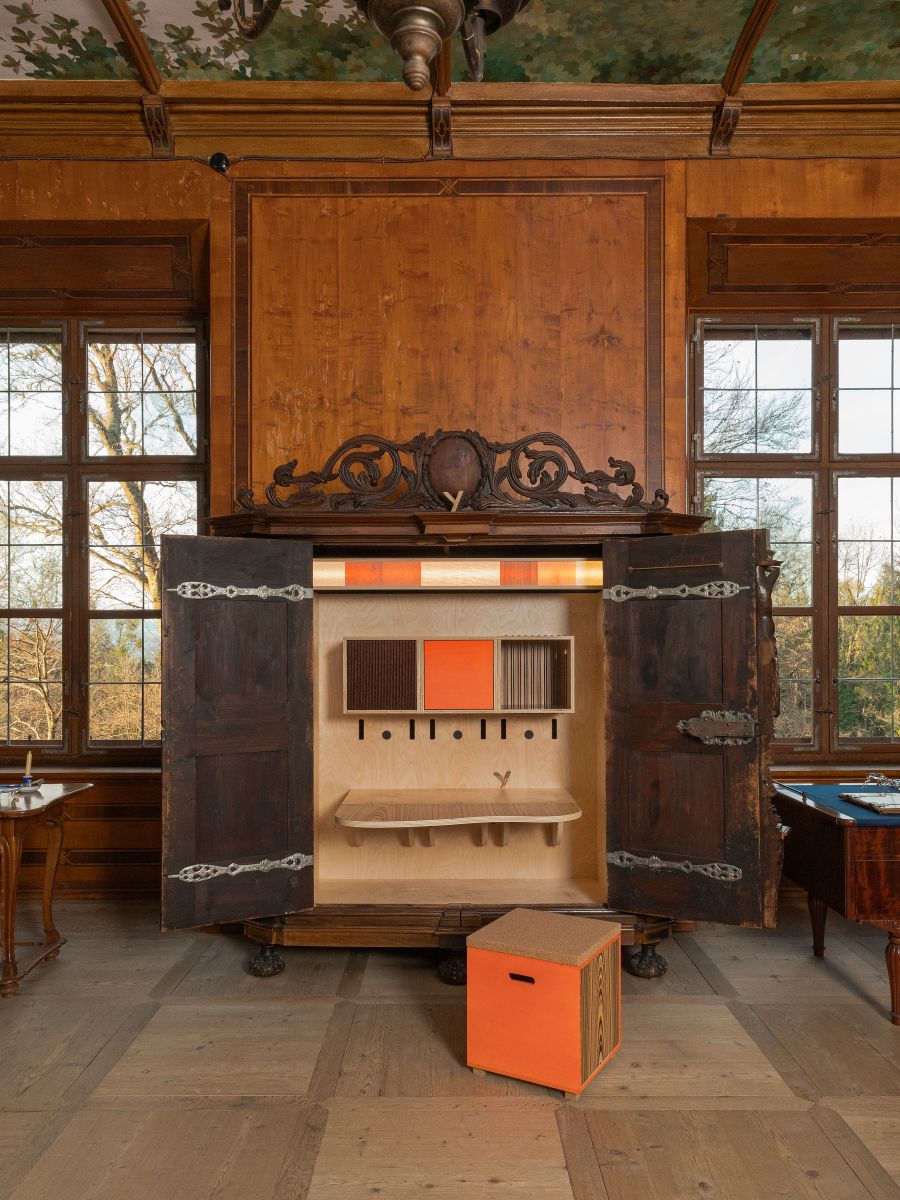Woodland kann ein dichter Wald, ein verstreuter Hain oder ein kleiner Baumfleck sein. Grösse, Zusammensetzung und ökologische Vielfalt können variieren – eines jedoch zeichnet es immer aus: die Dominanz von Bäumen in der Landschaft. Wälder (und natürlich auch Forste) sind Lebensraum für zahlreiche Tier‑ und Pflanzenarten. Sie filtern Staub und Schadstoffe aus der Luft, produzieren Sauerstoff, regulieren die Temperatur und liefern uns sauberes Trinkwasser. Darüber hinaus liefern sie einen nachhaltigen Rohstoff.
Eine Funktion, die derzeit viel Beachtung findet, ist die Kohlenstoffspeicherung. Bäume entziehen der Atmosphäre CO₂, binden das Kohlenstoff und erzeugen dabei Sauerstoff. Der Wald speichert Kohlenstoff im Holz, in Ästen und Blättern sowie im Waldboden – in letzterem sogar mehr als über dem Boden. Das gesteigerte ökologische Bewusstsein hat das Interesse an Holz als Material in den letzten Jahrzehnten stark ansteigen lassen. Holz wird zunehmend zum Symbol für Nachhaltigkeit. Gerade im Hinblick auf Ziele wie die Stärkung der Bioökonomie und die Dekarbonisierung des Bausektors spielt es eine zentrale Rolle. Holzgebäude und -produkte fungieren als second forest: sie speichern Kohlenstoff. Gleichzeitig gewährleistet das Nachpflanzen neuer Bäume, dass der Wald auch weiterhin CO₂ dauerhaft aufnehmen kann.
Holz ist nicht nur nachhaltig – es ist auch schön, sowohl in seiner rohen als auch in seiner bearbeiteten Form. Sein Duft, seine Haptik und seine Optik, mit ihrer Vielfalt an Farbtönen und Maserungen, sind stets einzigartig – oft imitiert, aber nie erreicht. Vom Kochlöffel über Türen und Stühle bis hin zu Fußböden: viele Gegenstände bestehen aus Holz, doch wir schenken selten der Holzart, ihren materiellen Eigenschaften und ihrer Herkunft Beachtung. Jede Holzart besitzt spezifische Eigenschaften – von Leichtigkeit und Flexibilität bis zu Schwere und Härte –, geprägt von Baumart und Wachstumsbedingungen. Holz ist effizient und sinnlich zugleich.
Die geschnitzten Stühle, die Parkettböden – teils poliert, teils roh – die imposanten Türrahmen, dunklen Anrichten, intarsierten Tische, boiserierten Räume und vergoldeten Rahmen: Möbel und Innenausstattung von Schloss Hollenegg zeugen von der inspirierenden Formbarkeit des Holzes über Jahrhunderte. Wie jedes Jahr haben sich über zwanzig Designer*innen von den Räumen des Schlosses inspirieren lassen und neue Objekte kreiert. Stühle, Tische, Textilien und Kronleuchter bieten dabei sowohl eine Gelegenheit zum Experimentieren mit Techniken als auch zur Verwirklichung von Ideen. Für die Besucherinnen werden die ausgestellten Objekte zu einer Entdeckungsreise im Reich des Holzes
Fotografien:
LippZahnschirm
Teilnehmende:
- Michela D’Angelo
- Lisa Ertel & Jannis Zell
- Erzgebirge Kollektiv
- Luca Gruber
- Jenn Kaes
- Hannah Kuhlmann
- Delphine Lejeuene
- Jonas Lutz
- Alison Malouf
- Mimo x Pretziada
- Kim Mupangilai
- Jakob Niemann
- Zoe Jo Rae
- Dana Savic
- Clemens Schmidberger
- Guillaume Slizewicz
- Pernille Snedker Hansen
- Lisa Stolz
- Elisa Strozyk
- Marte Mei van Haaster
- Joseph Walsh
- Lukas Wegwerth & Corinna Dehn
